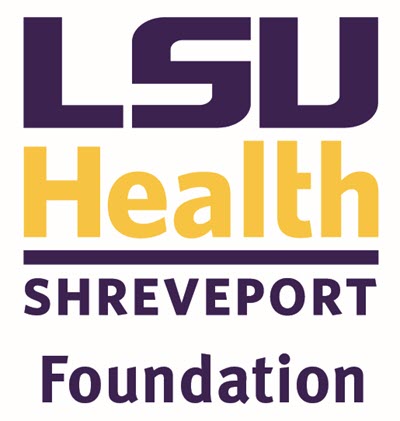
Vascular Biology
The heart and blood vessels are a part of the vascular system. The blood vessels comprise veins and arteries, which are tubes that carry blood away from your heart and toward the rest of your body. The most crucial task performed by this intricate system is delivering essential nutrients and oxygen to your cells and organs.
Why vascular biology should be significant to you is that vascular system disorders can be fatal or significantly reduce your quality of life. Scientists, vascular surgeons, and other medical professionals can better understand vascular disorders' causes thanks to vascular biology. With this understanding, new and improved techniques for disease prevention and treatment are now feasible.
Cardiac Biology
Heart muscle cells, blood vessels, fibroblasts, inflammatory cells, and extracellular tissues make up the heart, a dynamic multicellular organ. Any of these cell or tissue abnormalities, including cardiac failure and potentially fatal arrhythmias, can result in heart disease.
Researchers in the field of cardiac biology concentrate on understanding healthy heart function and figuring out how sick hearts develop. They employ experimental systems that include human heart tissue, cultured cells, and mice models of human heart disorders.




